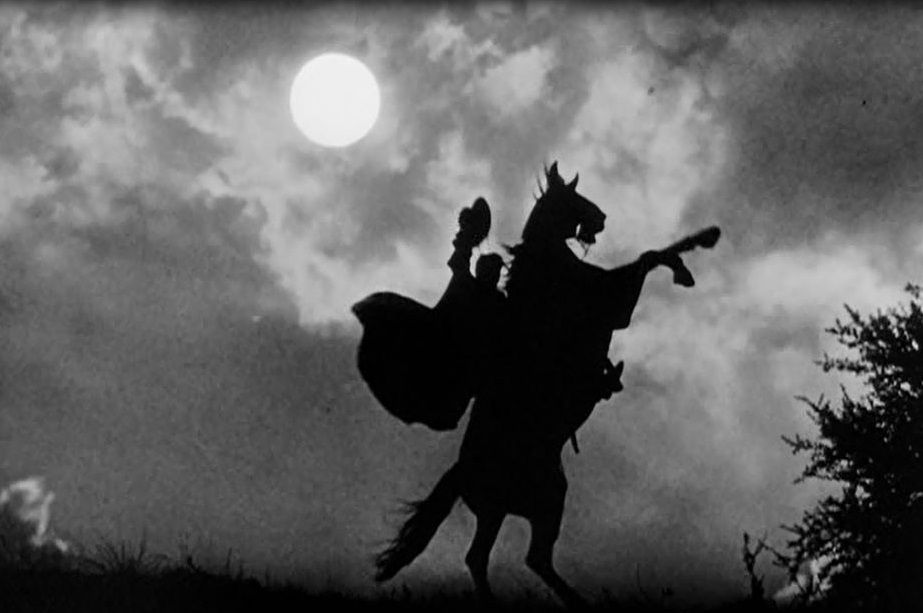(Christina Rost is an award winning author of two exciting novels containing multi-dimensional and realistic characters. Find out more about her and her books at:
https://www.christinarostauthor.com )
Imagine a world with no people? There would be no depth, drama, or heart.
While people bring character to the
world, characters bring the heart and soul to every novel. Compelling characters
permit readers to connect with the story, move the plot, and evoke emotions.
I
draw my character inspiration from many sources.
One source I use is mood
boards. I’ll use pictures of people, clothing styles, and even house settings to
formulate my character.
Dialogue is another tool I used to create characters. I
start with either the inner dialogue of the main character or dialogue between
several characters within the story. After I have this dialogue in my head, I
begin to form their world. I ask myself questions like: Where do they live? What
are they wearing? What is their speech like? What are their preferences?
My
process often involves writing a scene with a character before I determine too
many of their physical attributes. I may take a different approach than other
authors. For my style of writing, it helps to define some portions of the inner
character before I determine how they dress, the style of their hair, eye color,
or hair color.
As the story develops, other characters help point out physical
attributes as well. While I write from one character’s point of view, this
perspective highlights the other character’s flaws, or noticeable physical
attributes.
After I’ve written several scenes, I print off a character bio sheet
and record who my character is from the outside. Character development takes
time. I often need several drafts before I know my characters well enough to
know minor details like their coffee order, what car they drive, or if they have
any allergies.
Utilizing the meaning of colors is an additional way to add
another dimension to my characters. For example, different shades of green can
be associated with money, or villainy, while a forest green might evoke emotions
connected with nature. It’s important not to go overboard with colors in
writing, but using hints of color meaning is a fun way to carry a thread of
personality throughout the entirety of a story.
Generating characters for my
stories is an exploratory process. Much like peeling back layers of an onion.
Which is why I also like to spend time with my characters, interviewing them to
learn more about what makes them tick.
During these interview times, I ask
questions like: Where did you grow up? What was your childhood like? What are
your aspirations? Do you prefer to do things alone or in a group? What are your
fears? What is holding you back from taking a step forward with your career or
in a relationship? Do you have a childhood friend you keep in contact with? Do
you have any siblings? What are the traumas in your life that affect your
everyday decisions?
Have you ever considered that a character needs a
multidimensional personality to keep the story alive and active?
Another way I
attempt to discover my character’s personality is to take a personality test as
if I was them. There are many tests available, such as the True Colors model or
the Enneagram test, but I prefer the 16 Personalities test. These tests are
beneficial to uncover more layers in my character’s lifestyle and how they’d
interact with other characters in the story.
As the final layer of their
personality, I often look at choosing a particular name for my character. I
attempt to find a name that will highlight their character or maybe give a clue
to their part in the story. If I’m writing a hero, I’ll find a strong name, or
to add a twist I’ll use a complete opposite meaning to show a glimpse of where
the character arc might be going. If the main character’s name means weakness
but he overcomes something and becomes the hero, that dynamic can add another
layer to the story.
Designing an interesting plot is rewarding, but creating
characters is my favorite creative outlet. I hope with each story I leave my
readers feeling connected to the character long after they’ve read the last
page.
(Christina Rost is an award-winning author, mother to three amazing children, and is married to her high school sweetheart. While she currently resides in Oklahoma City, she’s lived all over the US, a few years in the UK, and loves to travel. When she isn’t spending time with her family or writing you’ll find her chatting over coffee and perusing antique stores for tattered books.)







.jpg)


